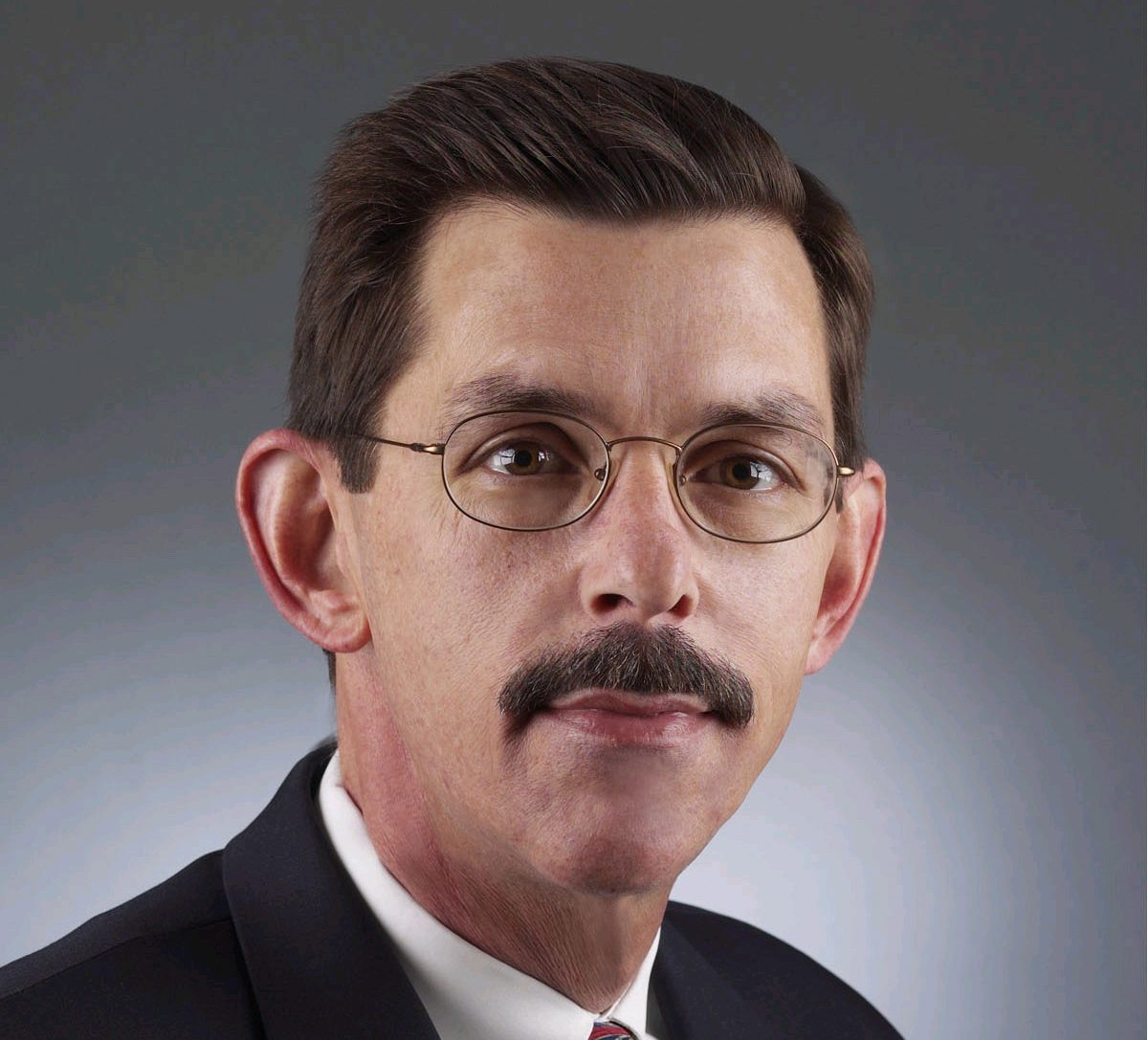What is Oracle doing to accelerate blockchain adoption?
One of the things we do uniquely at Oracle is that we build applications. Similar to what we have already done in the Internet of Things (IoT), we are going to launch our first blockchain application in June, which is around track and trace.
In both IoT and blockchain, what we have decided to do, unlike any of our competitors, is to build applications. While everyone else, be it Cisco, Microsoft, or SAP, is offering platforms, we have gone the extra step and built fit-for-purpose applications.
In the IoT space, we have already launched five apps around asset monitoring, production monitoring, fleet monitoring, connected worker, and asset monitoring for after-market service. We are taking the same approach with blockchain, and second in line is what we are calling ‘IoT lineage and provenance,’ which is pharmaceutical industry oriented. And we have ideas for some other applications as well.
The critical point here is that we are the only company in the world that has built apps for this disruptive technology, whereas everyone else is offering platforms. We think the right approach for us is to build out-of-the-box solutions that our customers can leverage and take it forward.
So it’s a common philosophy that drives both IoT and block chain…
Coming back to IoT, as I said earlier, our approach is to build fit-for-purpose applications and they are all pre-integrated into our supply chain cloud. Our asset monitoring IoT app is integrated back into our maintenance capabilities in the cloud, and the fleet management app is integrated into our world-class transportation management system. In addition, they come with pre-built KPIs. For example, you can take our asset management app, plug it right into the machine and it starts streaming data, giving you immediate KPIs.
Then we start applying adaptive intelligence and Machine Learning (ML) algorithms and start making predictions. So if you spot an anomaly in the machine, you learn from it, and the next time you identify the same defect, the system automatically sends a message to our maintenance cloud and opens up a preventive maintenance work order against that. Then we take it up one notch and go from preventive to predictive maintenance by bringing in external data and putting things in context.
We have adopted the same philosophy with blockchain – we have built out-of- the-box capabilities and have integrated them, not only with our core supply chain processes but IoT applications as well.
Do you support digital twins and Industry 4.0 apps?
We have capabilities for both digital twins and augmented reality. We are already providing the ability for our customers to walk out on to the factory floor, point the camera at any piece of equipment already identified as a digital twin, and they’d get their roles and responsibilities within the supply chain cloud view of it.
For example, if you are a finance person, and you go out to the shop floor and take a look at a piece of machinery, you’d see its depreciation schedule and value. If you are a manufacturing person, when you look at a piece of equipment, it would tell you about throughput, efficiency, and any quality problems. Whether its tablets or a pair of glasses, we provide those tools.
And part of that is what I call making the information human digestible. One of the things we learned from introducing adaptive intelligence and ML capabilities is that humans do not understand much of the algorithm work that we do behind the scenes.
The ultimate FUD is unless people can understand why it is doing those things, they are not comfortable with it, which is why we visualize it and give them the details. Based on what is happening on a given machine, we will provide a recommendation, and explain why it is necessary, and more importantly, the operator can either accept, reject, or modify that recommendation.
But, if you do either of the last two things, you must give us a reason as to why you did that. When you choose to overwrite a recommendation, we are going to bring that back in and learn from it, so it’s a continuous learning capability.
Do you offer the IoT cloud as a PaaS or SaaS?
Both. Our IoT platform is a PaaS offering, while IoT apps are sold as SaaS products.
How are you tackling the security concerns related to IoT?
IoT applications are as secure as the rest of our apps, which is pretty much very secure. So we have the same set of security rules for IoT apps as our finance applications and any external IoT feed coming into the system has to pass through the same level of security.
What is Oracle’s application strategy in this digital era?
Unlike others, we took a decision years go to build all these new applications from scratch. I built our e-business suite set of on-prem applications, and when we started building our cloud apps, I started with a blank piece of paper. We started building applications around the same time as SAP in the 1980s and ’90s, and since then, the world has changed drastically. The data models have changed, and there is no way you can take advantage of these new technologies and capabilities with an on-prem mentality.
We do four updates a year and provide new functionalities to our customers every year, and new tech associated with it. Typically, in an on-prem world, people upgraded every 5 -10 years, and that was the basic problem. We were convinced that cloud-native solutions, purpose-built for the cloud with the ability to do continuous updates, are necessary. Our customers want to have that rapid speed of innovation available to them.
We have something called an opt-in strategy, which means when your people go home on a Friday night, and we provide the quarterly updates during that time with substantive new functionalities in that provisioned instance, it is all behind the scenes, and none of it is immediately viewable. So, it is our commitment to our customers that when they come back on Monday morning, the system will look exactly the same as they left it on Friday evening but under the hood, there is a considerable amount of new capabilities.
You can, in your own time, look at these new functionalities and determine whether you want to take advantage of them. Only then, we will turn them on.










Discussion about this post